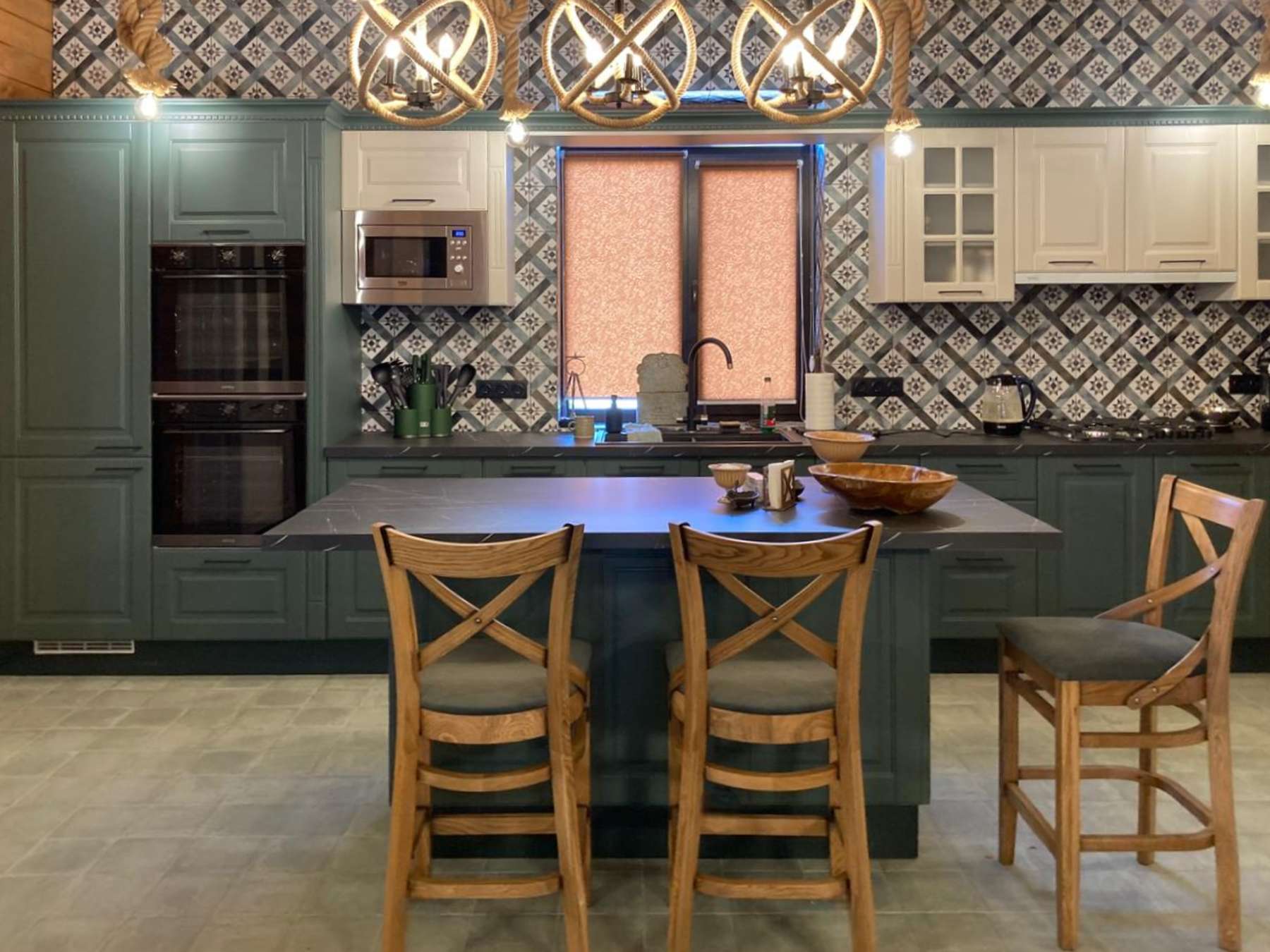
Mastering Chic Kitchen Designs
Understanding the Chic Aesthetic
Chic kitchen designs are all about blending functionality with style. A chic kitchen is not only a place for cooking but also a space that reflects your personal taste and aesthetic. It combines modernity, elegance, and simplicity to create an inviting atmosphere. To master the chic look, it's important to understand the key elements that contribute to this style, such as minimalistic lines, a neutral color palette, and a mix of textures and materials.
Choosing Your Color Scheme
The color scheme sets the tone for any chic kitchen. Soft, muted colors such as whites, greys, and beiges provide a clean and airy feel, while accents of black or navy can add a touch of sophistication. Pops of color can be introduced through accessories or small appliances to add personality without overwhelming the space. It's essential to maintain a balanced color palette for a harmonious design.
Opting for Quality Materials
Materials play a significant role in the final look and feel of your kitchen. For countertops, consider marble or quartz for a luxurious touch, or opt for butcher block for a warmer aesthetic. High-quality cabinetry in sleek designs and without excessive ornamentation can contribute to the chic style while also ensuring durability. Glass, metal, and wood can be combined to add depth and interest to the design.
Integrating Functional Layouts
A chic kitchen must be functional. The layout should be thoughtfully planned to create an efficient workflow. Whether you choose an L-shaped, U-shaped or a galley kitchen, ensure there is ample counter space and that the 'golden triangle' rule is respected, which positions the sink, stove, and refrigerator in a triangular layout for ease of use. Incorporating smart storage solutions and built-in appliances can also help maintain a clutter-free and stylish space.
Incorporating Lighting as a Design Element
Lighting is crucial in kitchen design, both for its functionality and its ability to enhance the overall ambiance. Pendant lights above an island or peninsula can make a statement, while under-cabinet lighting can highlight backsplash tiles and provide task lighting. A chic kitchen takes advantage of natural light where possible and blends different sources of light to create a warm and welcoming environment.
Accessorizing with Elegance
Accessories are the final touch in any chic kitchen design. Selecting elegant bar stools, a stylish fruit bowl, or an exquisite vase can make the space feel lived-in and curated. Hardware such as drawer pulls and knobs in finishes like brass or matte black can add subtle sophistication. Remember, the key to accessorizing is less is more; choose a few statement pieces instead of over-decorating.
Mastering Personalization
While chic kitchen design is marked by certain principles, personalizing the space to reflect your lifestyle and preferences is vital. This could mean incorporating a unique piece of art, a family heirloom, or customizing storage for your specific needs. A chic kitchen should resonate with your own style while remaining elegant and timeless.
Conclusion
Mastering chic kitchen designs involves a careful balance of style and function. By focusing on a neutral color palette, quality materials, a functional layout, thoughtful lighting, and sophisticated accessories, you can create a kitchen that is not only practical but also exudes elegance and style. Remember, the ultimate goal of a chic kitchen is to create a space where you feel comfortable and inspired, blending classic design with personal touches.